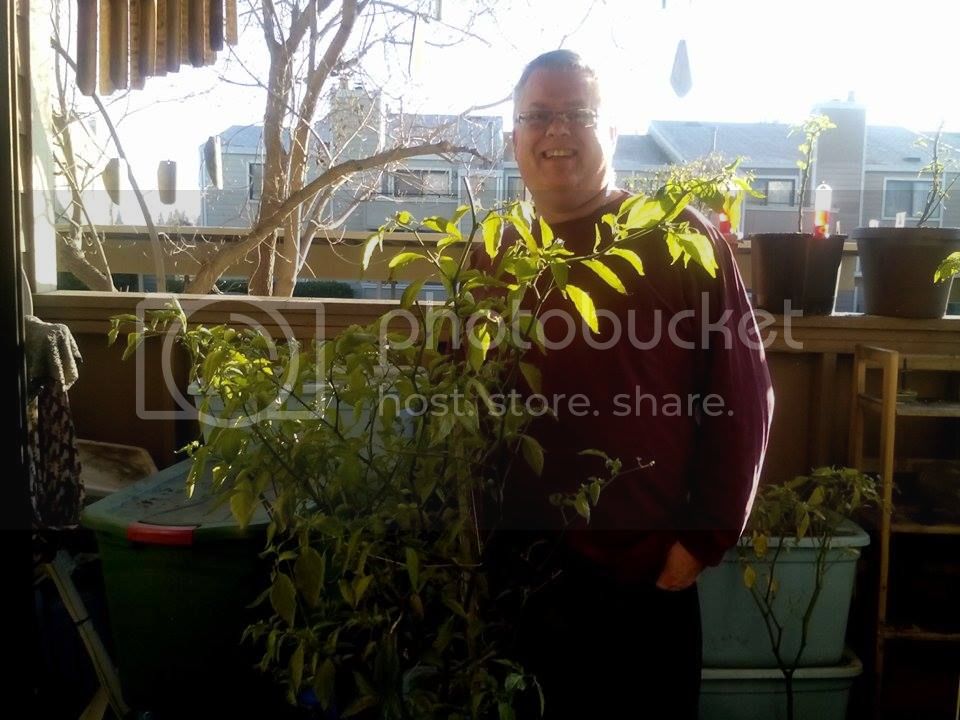For most home growers, a simple 14-14-14 like the nutricote/osmocote they sell at most garden centers should be fine, although I'd look into wholesalers and save myself a ton of cash (I started a thread on that somewhere).
Important things to know about fertilizers:
1) Avoid Ironite like the plague. It's made from industrial waste and is so loaded with heavy metals that I don't know why it's legal.
2) I'm guess you already did some reading about the roles that Nitrogen, Phosphorous, and Potassium play in plants, or you wouldn't be asking a question like this. The trend among more forward-thinking agronomists does seem to lean toward applying only what a plant needs at that stage in its life cycle. That said, it's not as simple as NPK; there are other nutrients (Calcium, Magnesium, Manganese, Sulphur, etc.) to consider.
3) Prilled, or "timed-release" fertilizers are often the best choice, particularly if you're just starting out. They come in a variety of different nutritional formulations and release durations (yet another reason to look into wholesalers; there are a lot more options than Home Depot would have you believe). Make sure that you don't apply an excessive amount, or you'll do more harm than good. Work it thoroughly into your potting mix or, if top dressing an established plant, into the topmost inch or so of your potting mix, taking care not to apply it too close to the stem of your plant. Always make sure you water it in well. The reason for most of this is to ensure a steady release (fertilizers don't work as well if they don't stay wet), and to ensure that you don't burn your plant. Granular fertilizers are good for a quick shot in the arm for ailing plants, but they tend not to last as long as prilled fertilizers and run even more of a risk of "nute burn." This isn't to say they aren't as "good," just that I use them for different purposes. Liquid fertilizers are the safest of the three, but are far less cost-effective, don't last long, and may require several applications before you see results.
TLDR: Use a balanced timed-release fert mixed into your potting mix for long-term nutrition, adjusting deficiencies with granular or liquid fertilizers if you start to see deficiencies later in the season.
All of this is just my own opinion based on what I've experienced with past grows.




